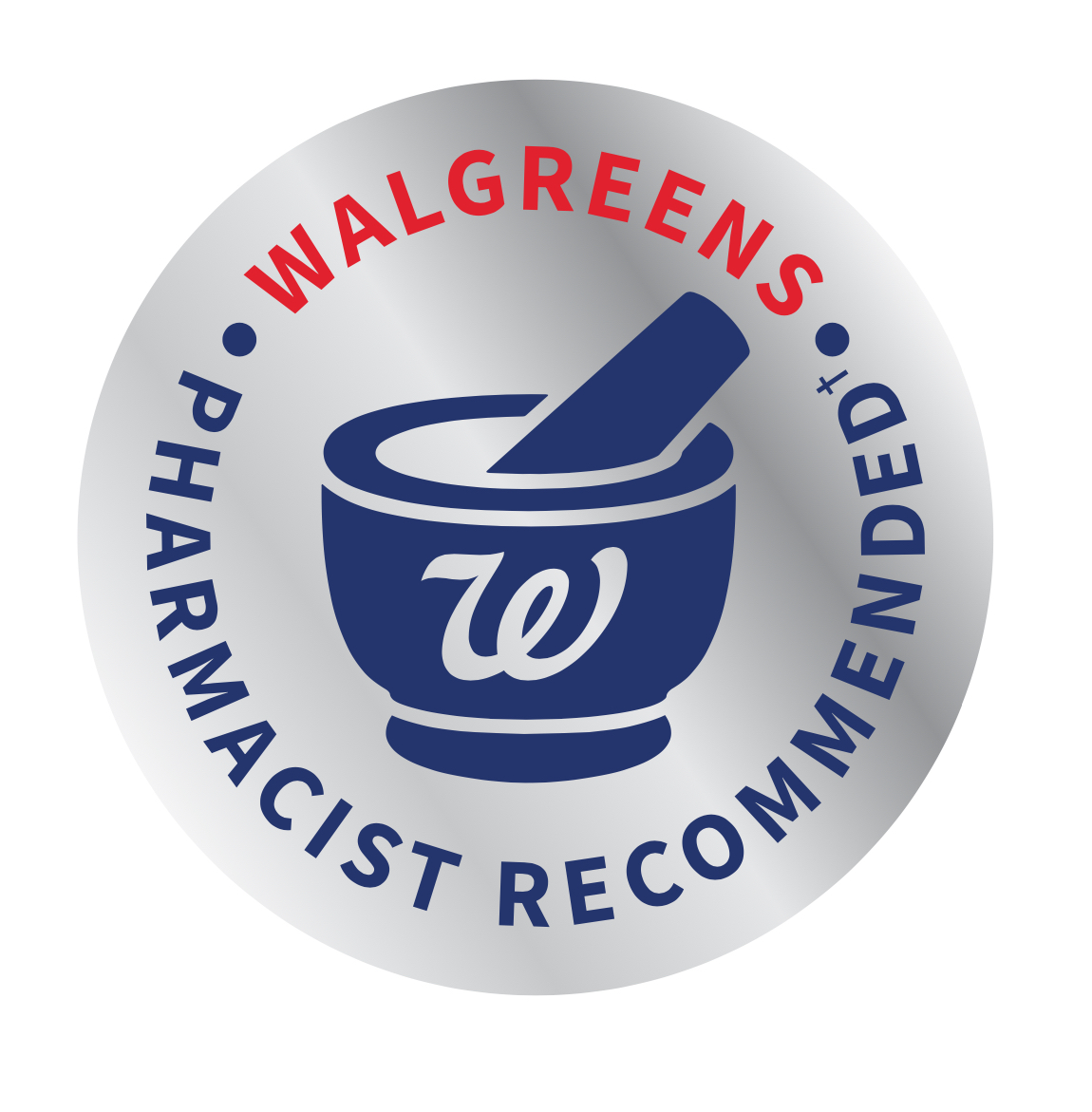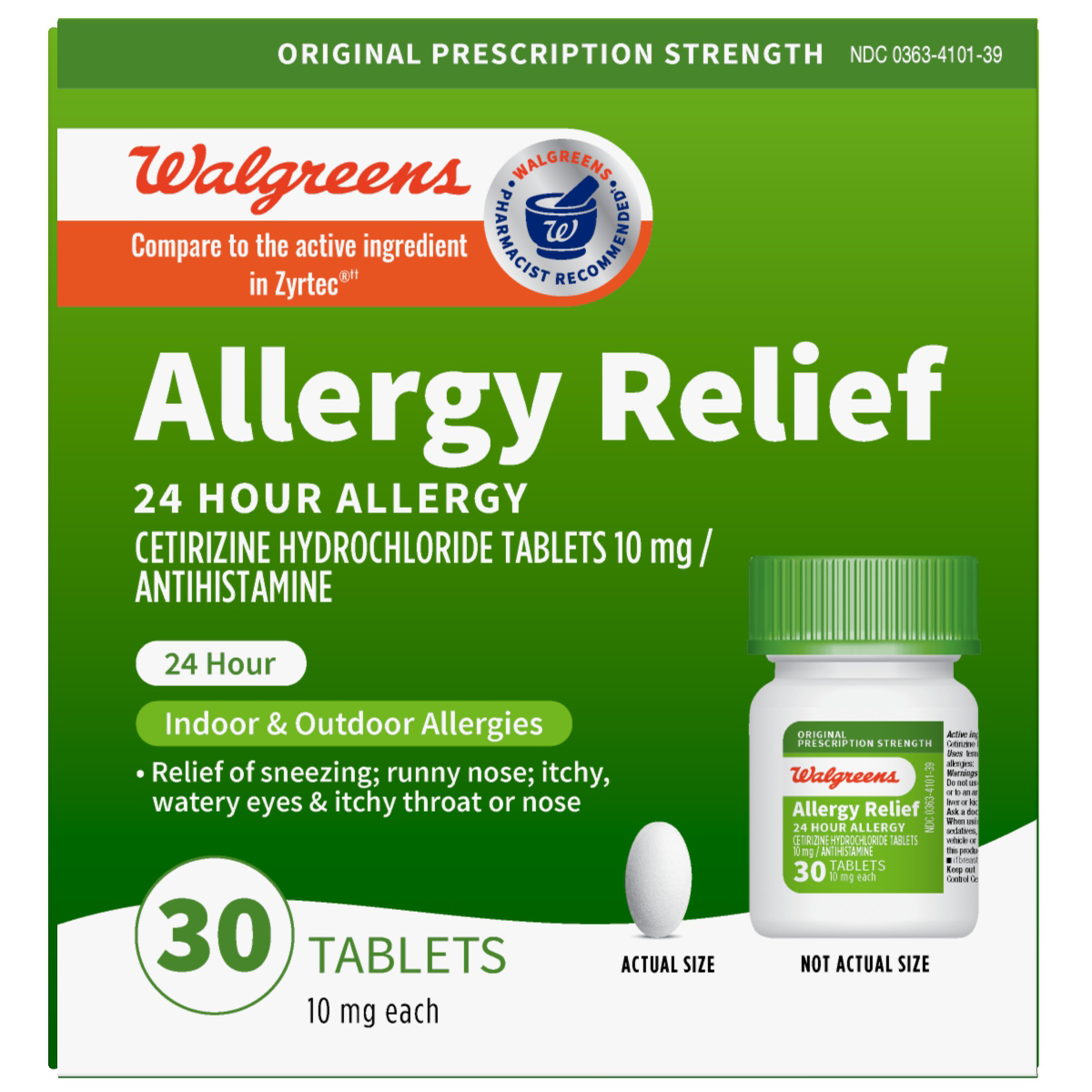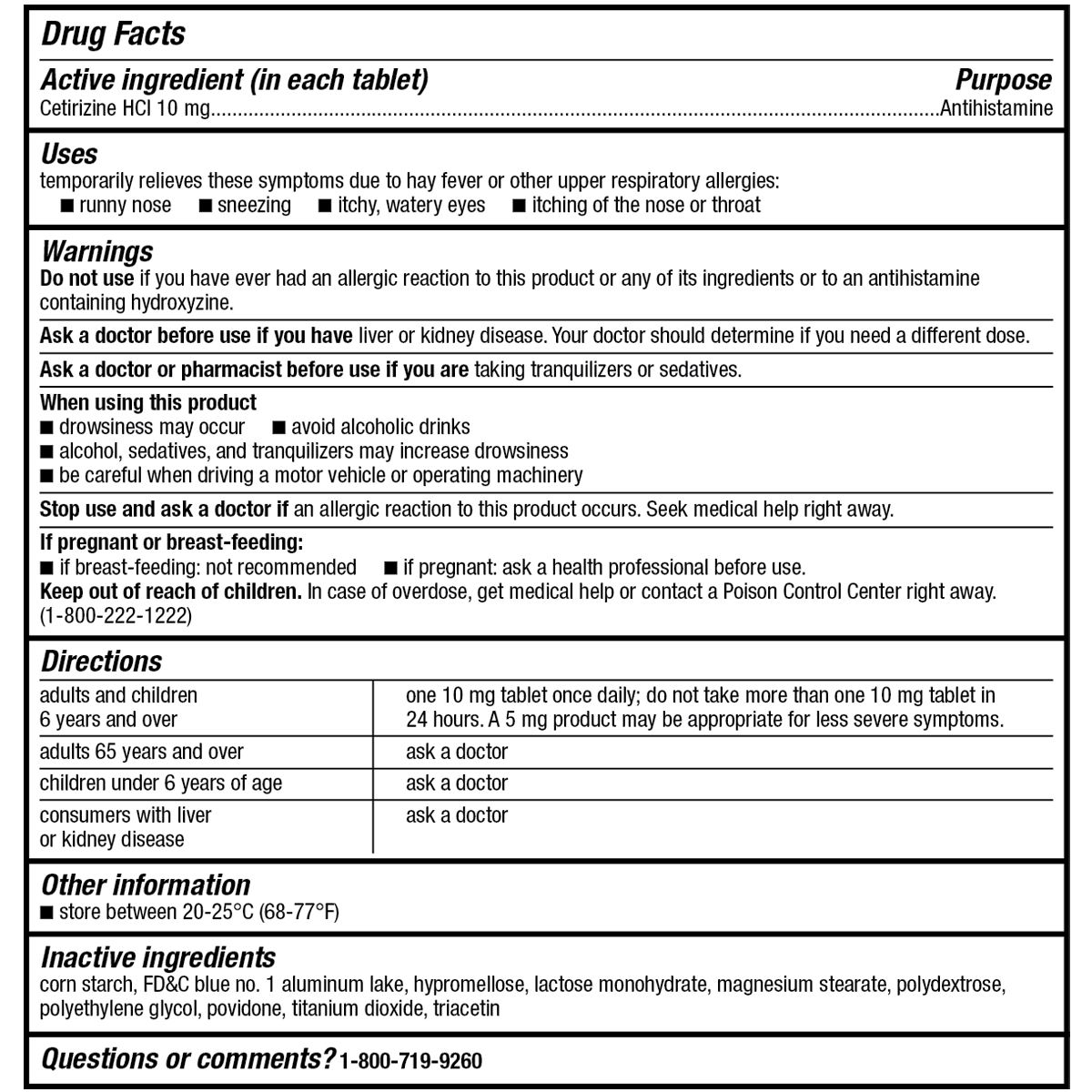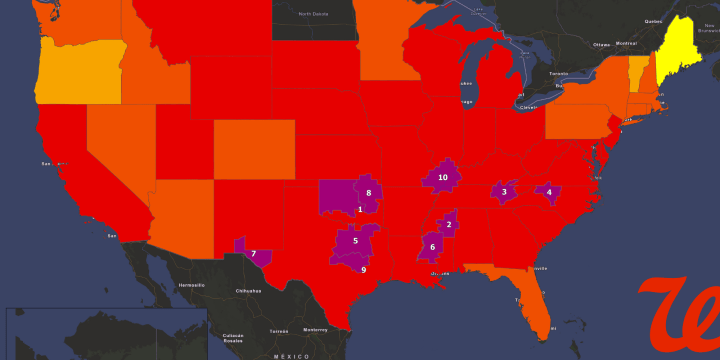For allergy sufferers, the season of congestion, sneezing, watery eyes, scratchy throats and runny noses may arrive earlier than usual this year. Get ahead of your symptoms now to be sure you don't miss a moment of all the joys spring brings.
Over-the-counter (OTC) medications have long been the go-to for providing relief for many of the more than 80 million Americans who suffer from allergic rhinitis—commonly known as seasonal allergies or “hay fever”—with decongestants like Sudafed, antihistamines like Zyrtec and Benadryl, and pain relievers like Advil some of the most common treatments. But national brands aren’t the only choice to clear your head. Walgreens brand allergy products are equivalent to the national allergy brands—requiring the same FDA approval and formulated with the same active ingredients. But unlike national brands they don’t include a premium price, with most costing 25% less on average. Plus, they come with the backing of the Walgreens Pharmacist Recommended label and a 100% satisfaction guarantee.
But national brands aren’t the only choice to clear your head. Walgreens brand allergy products are equivalent to the national allergy brands—requiring the same FDA approval and formulated with the same active ingredients. But unlike national brands they don’t include a premium price, with most costing 25% less on average. Plus, they come with the backing of the Walgreens Pharmacist Recommended label and a 100% satisfaction guarantee.
A longer spring means more pollen—and more pollen allergies
To those seasonal allergy sufferers who think conditions have gotten worse recently, they’re not wrong. The changing climate has resulted in a pollen season that is about three weeks longer than it was just 30 years ago, with 20% more pollen in the air, according to research published in 2021. This increase in duration and intensity of allergy season is impacting health, particularly among young people and adults, with an increasing number of the latter experiencing seasonal allergies for the first time.
To help customers understand the role Walgreens branded products can play in making allergy season enjoyable instead of miserable, Chicago Walgreens pharmacist Nancy Salman, and Kim Webb, director of owned brands commercialization OTC division, offer their insights on seasonal allergies and available remedies.
There are common allergy symptoms, but every treatment plan is different
The OTC gold standard for seasonal allergy symptom treatment may include a steroid nasal spray and some combination of an antihistamine and possibly a decongestant. But according to Salman, every patient’s treatment plan is different and customized combinations of products are common because every person has their own unique symptoms, levels of discomfort, age and other health conditions to consider.
“When you’re standing in the store looking at the products on the shelf, ask yourself, ‘What am I trying to treat?’” Salman said. “If you don’t have congestion, you don’t need medicine that treats it. If you’re not sure, ask your Walgreens pharmacist and they will help you find the right product to address your specific needs.

“After reviewing information on the box to understand what symptoms the medicine is designed to treat, the next step is to know the quantity you’ll actually need so you’re not over- or under-buying,” Salman continues. “If your allergy symptoms are more chronic and you know the discomfort will last for several months, then consider buying a box of 90. Or if you need to buy enough just to get you through a week, then buy a box with a lower quantity.” To treat the most frequent seasonal allergy symptoms Salman recommends Walgreens Allergy Relief Tablets as an antihistamine alternative to Zyrtec, Walgreens 12-Hour Nasal Decongestant D as a decongestant alternative to Sudafed, Walgreens Dye-Free Allergy Relief Liquid Caps as an antihistamine alternative to Benadryl and Walgreens Ibuprofen as an alternative to Advil.
To treat the most frequent seasonal allergy symptoms Salman recommends Walgreens Allergy Relief Tablets as an antihistamine alternative to Zyrtec, Walgreens 12-Hour Nasal Decongestant D as a decongestant alternative to Sudafed, Walgreens Dye-Free Allergy Relief Liquid Caps as an antihistamine alternative to Benadryl and Walgreens Ibuprofen as an alternative to Advil.
For those who need additional relief from congestion, sneezing and itchy eyes, Walgreens Allergy Nasal Spray is recommended as an alternative to Flonase, and Walgreens Non-Drowsy Allergy Nasal Spray as an alternative to Nasonex. For children, Wal-itin Dye-Free Chewable Tablets provide 24-hour relief of allergy symptoms.
What is ‘National Brand Equivalent’ and why does that matter?
Before any OTC allergy medication can appear on store shelves—no matter if it’s a private label or national brand—it's put through a rigorous review process by the U.S. Food & Drug Administration (FDA) to ensure the product’s safety.
Every FDA-approved OTC medicine has a Drug Fact label on its package, which

Walgreens brand allergy medications are national brand equivalents, and are labeled with “Compare to” on their packaging, which means what you’re getting inside—what’s shown on the Drug Fact label—is formulated with the same active ingredient and subject to the same regulatory review as the national brands.
“A customer can hold up the national allergy brand and the Walgreens brand side-by-side, flip them over, see that the active ingredients match and trust that they're going to get the same relief that they would if they used the national brand,” says Webb.
And in many cases Walgreens brand allergy products offer benefits that some national brands don’t, like liquid and capsule delivery forms and dye-free options. In-store, Walgreens brand allergy medications are located on the shelf immediately to the right of their equivalent national brand, with packaging that’s tied to the national brand’s color for easy matching.
Salman adds, “As pharmacists and as healthcare professionals, we are committed to getting the most positive outcomes for our patients at the lowest possible cost. So, I truly believe in the value that Walgreens brand allergy medicines provide.”




